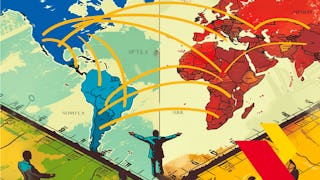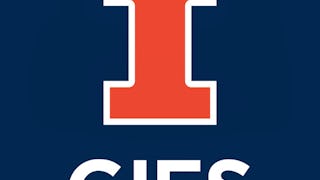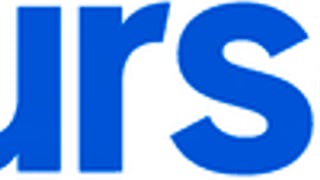Master the strategic frameworks needed to navigate today's rapidly shifting global economic landscape.

Enjoy unlimited growth with a year of Coursera Plus for $199 (regularly $399). Save now.

New Map for Product Managers: Superpower Grand Strategies

Instructor: Thomas P.M. Barnett
Included with
What you'll learn
Analyze global economic shifts caused by climate change and demographic transitions to identify emerging market opportunities
Develop strategic frameworks for decision-making within evolving North-South geopolitical dynamics
Design adaptive business strategies that capitalize on superpower competition and emerging markets
Skills you'll gain
Details to know

Add to your LinkedIn profile
31 assignments
See how employees at top companies are mastering in-demand skills

There are 5 modules in this course
What's included
6 videos12 readings7 assignments
What's included
6 videos7 readings8 assignments
What's included
6 videos9 readings7 assignments
What's included
6 videos9 readings7 assignments
What's included
4 readings2 assignments
Instructor

Offered by
Explore more from Business Strategy
 Status: Preview
Status: PreviewUniversity of Maryland, College Park
 Status: Free Trial
Status: Free TrialUniversity of Huddersfield
 Status: Free Trial
Status: Free TrialUniversity of Illinois Urbana-Champaign
 Status: Free Trial
Status: Free Trial
Why people choose Coursera for their career




Frequently asked questions
To access the course materials, assignments and to earn a Certificate, you will need to purchase the Certificate experience when you enroll in a course. You can try a Free Trial instead, or apply for Financial Aid. The course may offer 'Full Course, No Certificate' instead. This option lets you see all course materials, submit required assessments, and get a final grade. This also means that you will not be able to purchase a Certificate experience.
When you purchase a Certificate you get access to all course materials, including graded assignments. Upon completing the course, your electronic Certificate will be added to your Accomplishments page - from there, you can print your Certificate or add it to your LinkedIn profile.
Yes. In select learning programs, you can apply for financial aid or a scholarship if you can’t afford the enrollment fee. If fin aid or scholarship is available for your learning program selection, you’ll find a link to apply on the description page.
More questions
Financial aid available,





